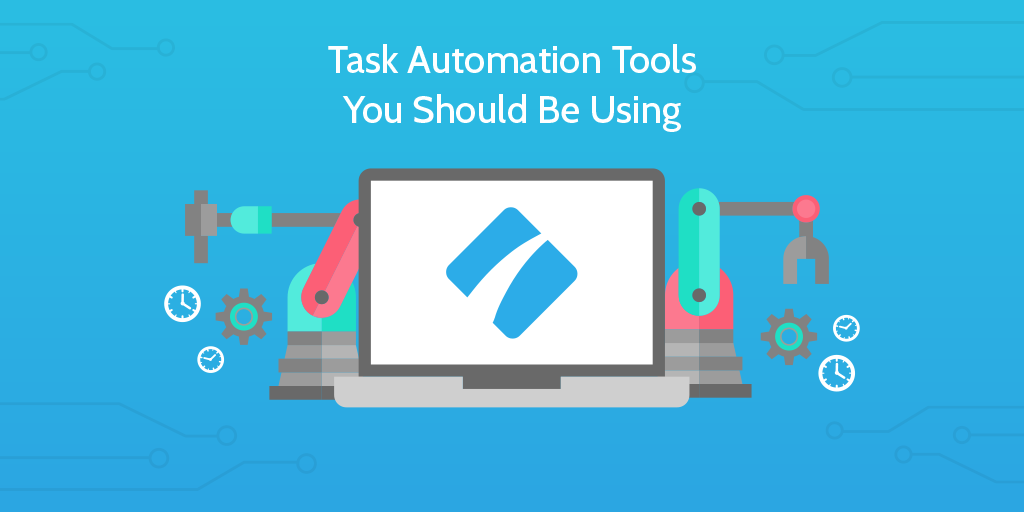
A 2017 study from Pew Research found that more than 70% of the U.S. is scared that robots are going to take over our lives. And, while we can’t perfectly predict the emergence of a Skynet singularity, we can say with some certainty that technology is set to take over the repetitive, dehumanizing elements of our jobs instead of putting us out of work.
Artificial intelligence (AI) is a strategic priority for 84% of businesses, and in some cases has been used to improve sales team efficiency by over 50%. Even I’ve used AI in the past to generate hundreds of relevant hashtags for social media posts at the click of a button.
It was once the stuff of utopian science fiction and huge enterprises, but now practically anyone can take advantage.
For this post, we will dive into 20 different applications of AI in the real world:







 Workflows
Workflows Projects
Projects Data Sets
Data Sets Forms
Forms Pages
Pages Automations
Automations Analytics
Analytics Apps
Apps Integrations
Integrations
 Property management
Property management
 Human resources
Human resources
 Customer management
Customer management
 Information technology
Information technology











